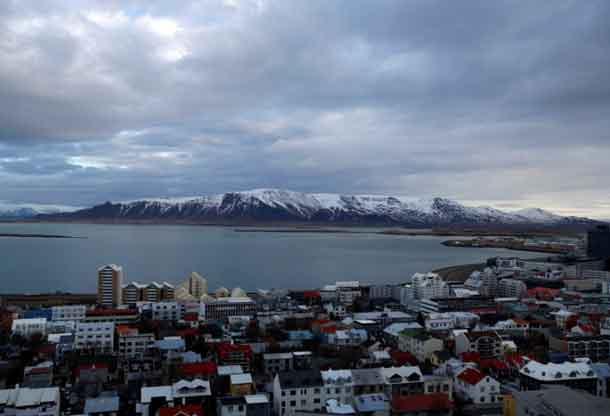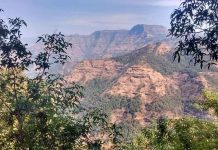
Reykjavik, Iceland — On Monday night, a volcanic eruption on Iceland’s Reykjanes Peninsula illuminated the sky with an orange glow, raising civil defence readiness. The eruption, approximately four kilometres from Grindavik, was reported by the Icelandic Meteorological Office.
Dramatic Eruption Illuminates Night:
At 10:17 p.m. local time, the sky suddenly lit up, captured by grainy webcam footage as magma erupted along the ridge of a hill.
Vidir Reynisson, head of Iceland’s Civil Protection and Emergency Management, described it as a significant eruption. “The magma flow seems to be at least a hundred cubic meters per second, maybe more. So this would be considered a big eruption in this area at least,” he told the Icelandic public broadcaster, RUV.
Preceding Events:
In November, Grindavik was evacuated due to intense seismic activity that damaged homes and raised concerns of an imminent eruption.
Iceland’s Volcanic History:
Iceland, located above a volcanic hot spot in the North Atlantic, experiences eruptions approximately every four to five years. In 2010, the Eyjafjallajokull volcano spewed massive ash clouds into the atmosphere, causing widespread flight disruptions across Europe due to concerns about potential damage to airplane engines.
Different Impact on Air Travel:
Unlike the 2010 eruption, this event is not expected to produce fine ash that could disrupt air travel. Diana Roman, a volcanologist at the Carnegie Institution for Science in Washington, explained that the 2010 eruption, driven by hot lava encountering ice and meltwater, created an explosive process that broke the lava into fine pieces capable of reaching higher into the atmosphere.
Response and Exploration:
A coast guard helicopter will be deployed to verify the exact location and scale of the eruption, including measuring gas emissions.
Location and Impact:
Grindavik, a fishing town with a population of 3,400, is situated on the Reykjanes Peninsula, approximately 50 kilometers southwest of Reykjavik, the capital. It is in close proximity to Keflavik Airport, Iceland’s primary international flight facility.



